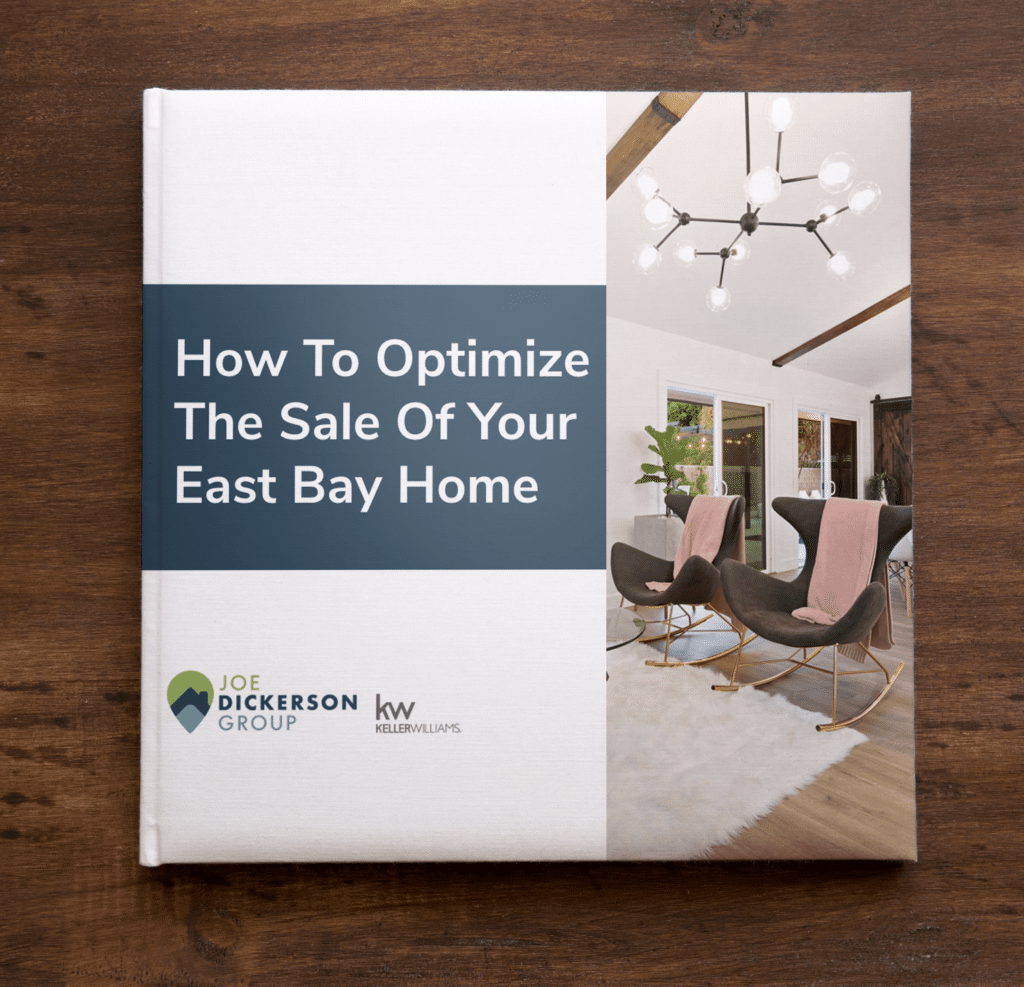Multigenerational living refers to any living situation where at least two adult generations are living together in the same household. Homeowners who have aging parents may need to sell their single-family homes to move into a larger house where they can take care of their parents, for example.
Alternatively, they may need to make safety upgrades to their own homes to accommodate the needs of older family members. It’s estimated that roughly 20% of the U.S. population lives in multigenerational households, and there are many benefits to this style of living arrangement for all family members.
For one thing, a multigenerational home is unlikely to be left unoccupied for long periods of time, if at all, so home security is often an easier concern to handle. Grandparents also tend to love spending time with their grandchildren, so their adult children can have more time for themselves.
Single-family homes in the U.S. may make it difficult for older adults and millennials to maintain good relationships in separate homes, but with generations united in a multigenerational household, this isn’t much of a problem. With the right floor plan and design choices, you can even maintain privacy without too much difficulty.
Of course, multigenerational families aren’t without their challenges. Sometimes elderly parents and young adults simply don’t get along well due to generational divide or personality clashes. Responsibilities for expenses or household chores can often cause conflicts in American families.
Of course, older family members are often at greater risks for illnesses and are especially vulnerable during pandemics like the COVID-19 pandemic of last year, and young children generally aren’t the best when it comes to best practices for sanitizing.
Still, multigenerational homes prove to be right for many families in the United States, especially for Hispanic and Asian families, who tend to have strong family bonds and live together for longer periods.
In this article, we’ll share our tips and experience for multigenerational living, including what to look for in potential homes, how to get creative to find what you need, how to stage your home for multigenerational buyers, and more.
Work with an experienced real estate agent.
The first thing you should do when looking for a home to fit your multigenerational needs or selling a home that has multigenerational potential is to find the right real estate agent for you – one who has experience working with multigenerational families and who understands your goals.
Today’s real estate market is, essentially, the opposite of how it was during the Great Recession of 2008 when buyers could practically pick up any property they wanted. In recent years, it’s actually been a seller’s market, meaning that buyers have uncommonly low leverage. You’ll need the help of a realtor who can help you find the right house to suit older adults, as well as young children, while also fitting within your budget.
Especially here in the ultra-competitive San Francisco Bay Area, you’ll need the services of an experienced real estate agent to help you navigate the market, find off-market listings, and think outside the box to fit potential homes to your multigenerational needs.
If you’re selling a home with a second unit, extra bedrooms, or an ADU (accessory dwelling unit), you’ll want to work with an agent who can highlight those features and stage your home to show off its versatility so that multigenerational buyers can see how they might make it work in your home.
Look for real estate brokers and agencies in the East Bay who are experienced in finding homes that creatively suit different needs, whether through house hacking, ADUs (accessory dwelling units), or otherwise. For buyers, they’ll help you find a new home that can satisfy seniors, as well as young children, all while giving you the space YOU need and helping you stay within your budget. And for sellers, they’ll help you position your home to maximize the buyer pool.
For buyers – get creative and think outside the box.
Together with your real estate agent, you’ll want to think outside the box when it comes to looking for the right home for your multigenerational needs. Just as when you’re looking for a home for just you, you’ll want to make a list of your needs and wants when looking to buy a home together with family members.
How many bedrooms and bathrooms would be ideal? Are there spaces you’d be willing to use for dual purposes, like a bedroom that could double as an office? Are you open to a home with stairs, or do you need a single-story home? What about outdoor space?
Start by sitting down with family members to discuss your ideal home and its features. Then, as you look at potential homes, think outside the box and see how you might be able to get creative to make things work.
For example, could you convert a garage into an in-law suite? Is there room in the backyard for a tiny home? Are there bonus spaces in a home that could be converted into extra bedrooms? Would you be open to a duplex or triplex?
All these features add to the versatility of the home and could help you maximize your resale value down the road as well.
For sellers – highlight your home’s versatility.
For sellers, if you have a home with extra spaces that could fit for multigenerational buyers, work with your agent to determine how you could best highlight those features to expand your pool of potential buyers and increase the value of your home.
For example, if you have a studio in the backyard, could that become a home office and/or guest suite? Could your unfinished basement become an in-law suite?
Think about how different groups of multigenerational buyers might view your home and the features they might seek out. Then, do your best to highlight those features through staging and the listing description so you can attract the right buyers and sell your home faster.
For buyers – make sure the home is safe and accessible.
When looking for a home, be sure to consider safety and accessibility, though sometimes you may have to fix up a new home a bit to make it ready for everyone, rather than finding it that way. If you have elderly family members who need to use a wheelchair, make sure your home has all the proper accessibility options.
You’ll also need to make sure the house is safe for everyone, especially if you work a full-time job and will be away for much of the day. Installing a walk-in shower and/or handrails in the bathrooms might be a great idea, and adding a security system might help as well.
For sellers – highlight safety and accessibility features.
For sellers, while you don’t need to add safety features when staging a home, you can highlight certain features that might be a boon for multigenerational families.
For example, if your home is level-in (meaning there are no stairs you have to climb to get into the home), you might want to highlight that as a feature, to attract families with older adults who may have limited mobility.
For buyers – clarify family responsibilities.
One of the most important things you should do before considering multigenerational housing is to have a long talk with all family members to make sure responsibilities are laid out clearly and fairly. This will ensure that everyone is on the same page as far as expectations and guidelines.
Multigenerational homes will generally have higher utility bills and grocery expenses, so everyone needs to know how they’ll contribute to the budget. You may even want to maintain separate kitchens or a kitchenette for each adult generation, if space allows.
You’ll also need to divide household chores evenly. Who’s responsible for cleaning the living room this week? Who takes care of the bathrooms? Who will be responsible for childcare and on which days? Any questions like this need to be cleared up as soon as possible to prevent conflicts.
Grandparents are usually glad to take over childcare of their grandchildren when needed, so this can be a good arrangement in exchange for the grandparents having a safe place to stay where they can easily reach family members during emergencies.
Living with multiple generations in a home can take a lot of work, but when you find the right home and clarify responsibilities and expectations, it can be a win-win for everyone.
And for sellers, while you may not personally have used your home as a multigenerational home, it’s important to consider all the potential buyers who might be looking at your home, to maximize your buyer pool and thus maximize the chances that you’ll meet your goals.



